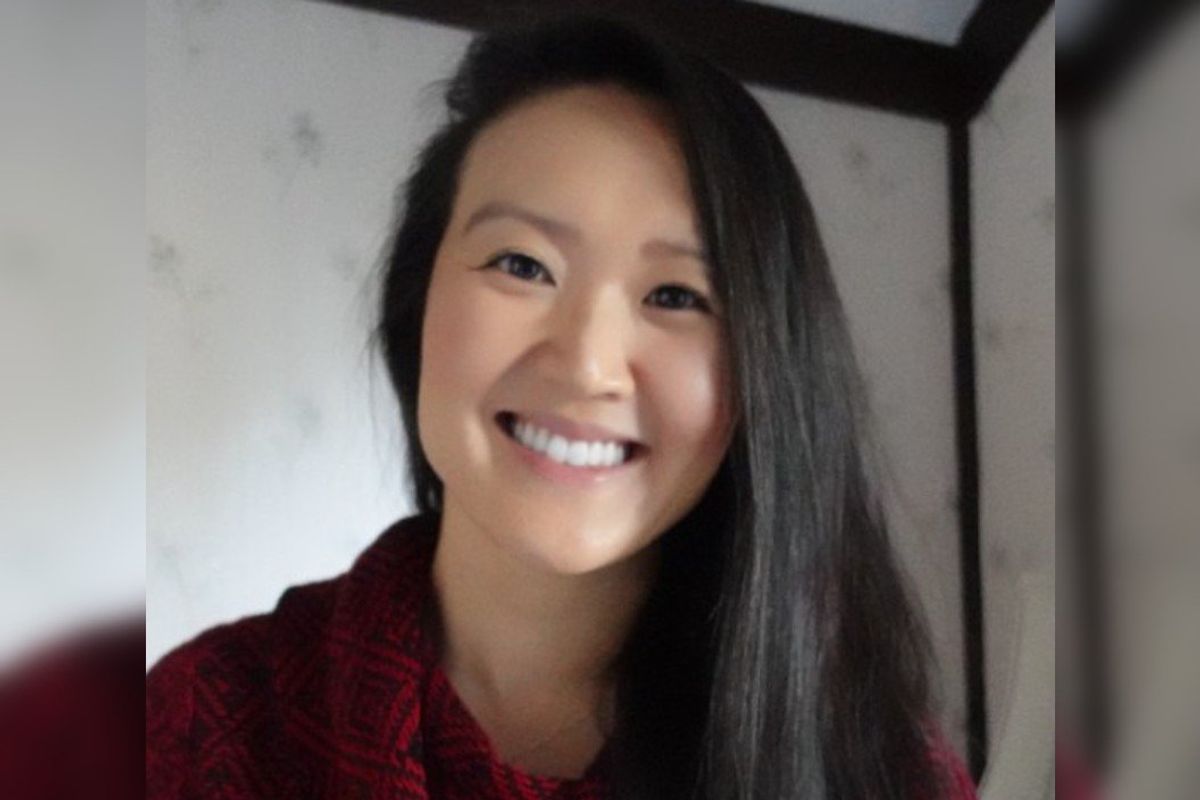Houston founder taps into AI tech to create game-changing healthy eating platform
there's an app for that
After many years of living to eat, a large swath of American society is now facilitating a seismic shift to the healthier alternative, eating to live.
But here’s the rub: eating healthy is confusing, time consuming and, unfortunately, oftentimes pricey.
So, anyone that can come in and cut through the healthy eating machine can carve out a necessary niche in the marketplace.
Enter Houstonian Mark Semmelbeck, founder and CEO of A Better Meal, a platform created to help busy families plan healthy meals easier and to make gradual improvements to their health and well-being.
“My vision is to use rapidly expanding AI technology together with the knowledge and wisdom of an active community to take the stress out of meal planning and improving nutrition,” says Semmelbeck, a seasoned oil and gas executive with over 30 years of experience in founding companies. “While developing the technology for the app, my daughter gave me two beautiful grandkids who both have significant food allergies. Combine that with the fact I now have five cardiac stents and the significance of eating well while paying attention to the details has only grown in importance.”
All-in-one app
Billed as the one-stop meal planning companion, A Better Meal promises users no additional stress in finding the time to look for recipes, make grocery lists, or prepare meals quickly. Families need healthy options and to be able to provide them with ease and that’s where this new application comes in.
“So, when I started A Better Meal, I wanted to answer two questions or help people answer two questions,” says Semmelbeck. “That is, a family gets home in the evening and they don't want to order out and they don't want to go out to eat, they can open up this app and it can tell them, ‘here's three things that you can make with what you have on hand that you like.’ The other question is, 'how can I make small changes to how I prepare my food, how I cook it, the ingredients that I use and small changes that can make my meals healthier.'
“So that was where we started. And then as we built the app out, got a minimum viable product out to people and in front of them, and we started seeing more as they used the app, what they actually wanted when they went to a meal planning app, so the last year and a half has been a process of refining the app to really set what people want in a meal planning and recipe app.”
When users download the app, which is a subscription-based tool, it starts with the simple things like, how many meals they’d like per day, if they have preferences in the types of food that they like, and, of course, if they have allergies.
Custom experience
Semmelbeck says that users are able to personalize the app and set up their own dashboard with meal planning. You can also use the app to analyze a new recipe you'd like to try.
"You can take a picture of, say a recipe written down, and you'd like to put that in your own personal database, you can take a picture of it, and it will interpret it and bring that into the app and then the app will calculate the calories and macros and the macro nutrients that that meal has in it so that you can see that information also," he says.
When it comes to food and meal planning, inserting the word “healthy” invariably invokes a litany of personal definitions, up to and including weight loss.
That definition isn’t wrong by any means, but for A Better Meal, it’s all about introducing healthier options into people’s everyday lives. The app won’t give you a specific diet to follow, but if users prefer a vegetarian, keto or paleo diet, the app will recommend recipes that will satisfy those disciplines.
“For a lot of people that's a huge help,” says Semmelbeck. “They just want to cook and eat healthier. They may like to have vegetarian days mixed in, but don't know where to find those recipes, the app can suggest recipes for a vegetarian meal. It can also recommend that substituting whole wheat flour for conventional flour for making pancakes, things like that.”
And for those users who don’t necessarily have a planned out starting place for meal preparation, they can search the internet or social media for meal plans and diets and then simply import those into the app.
“We also use AI to analyze recipes that would satisfy a certain type of diet that you would want to participate in,” says Semmelback. “But I will say that one of the main things we want to do is help you make small changes because again diets are great and a lot of people are on them, but few people maintain them for long periods of time because, in general, they can be very restrictive.
“So, we really want our goal to be able to help you make small changes with the things that you like to eat to make them healthier. And again, by healthy, certain kinds of fats are good, others you want to limit, certainly processed foods you want to limit, you want to limit the amount of added sugar, and you want to limit the amount of processed foods. That’s why we have our own nutritionist that helps us with those diets.”
Starting a journey
Currently, the nutritionist for A Better Meal is working just for the app in general, but as the platform grows, users will be about to ask direct questions or at least have access to educational materials about specific health issues, and specific diet recommendations for various health use.
“The app has been live for about a year and early on, we found that what people said they want is much different than what they actually use in the app. So, a lot of our work has been over the past year modifying the app, the way you move around in the app," says Semmelback. "We really want to use AI in ways that are helpful to people.
"I personally have dealt with heart disease, and I know that my doctor recommends less added sugar and processed foods. And so those are the kinds of things that we are using AI to do to help take recipes that you might like and make substitutions to those recipes so that they fit the kind of lifestyle you want," he continues. "What we're really concentrating on is the recipe part of the app and improving those and allowing them to be adaptable to the desires of the users. Finally, we really want to push into more education and more gamification where it actually makes it fun to use the app.”

 The myAvos app has a comprehensive approach to health. Screenshots via avos.health
The myAvos app has a comprehensive approach to health. Screenshots via avos.health Le Dam moved from California to Houston to build her company. Photo via LinkedIn
Le Dam moved from California to Houston to build her company. Photo via LinkedIn Photo by Rome Wilkerson on Unsplash
Photo by Rome Wilkerson on Unsplash








 The 2025 Mentor of the Year will be announced on Nov. 13. Courtesy photos
The 2025 Mentor of the Year will be announced on Nov. 13. Courtesy photos


